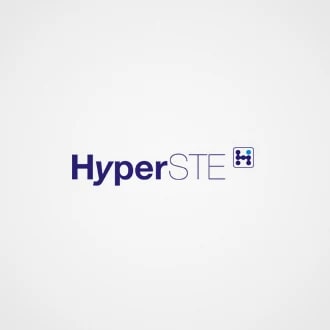This guest post was written by Scott Bass, the principal of LocFluent Consulting. Scott has been active in the language industry for over 30 years. Scott was formerly the founder and owner of Advanced Language Translation, Inc., a technical translation and localization specialist company, which he established in 1994. In 2015, he sold his company to Morningside Translations, one of the fastest-growing language service providers in the U.S. Most recently, Scott was Vice President for Morningside’s Professional Services Group, where he focused on onboarding new clients, building the foundation for strong client relationships, and ensuring customer satisfaction.
“Language is always evolving,” is trite but obvious to many regardless of language usage in the 21st century. Thanks to social media, languages are evolving faster than ever with user groups across national borders influencing each other; often with a shared language such as English.
Evolving usage in English, for example, does not directly impact language usage of let’s say Germans—except perhaps for loan words. But concepts such as inclusivity spread due to human interaction and a shared vision of a more equitable future for all. As inclusion becomes a reality the impact on society can manifest itself in language, which may or may not easily support the changing attitudes and reality forming around us.
The struggle for inclusion is real across language
When it comes to inclusive language around gender, the vision is for society to use language that avoids perpetuating gender stereotypes. A classic example is, “The doctor sees his patients every day at 10:00”. Not all doctors are men, so why should we use the masculine possessive pronoun “his” in English? Being more inclusive with language requires effort and creativity. Sticking with the same example, making that sentence more inclusive might be a challenge…
- The doctor sees his/her patients every day at 10:00.
- The doctor sees their patients every day at 10:00.
In English, the use of the gender-neutral plural pronoun “they” is a simple and elegant way to avoid gender-specific pronouns and the meaning is still quite clear. Although the usage may ring grammatically “incorrect” in the ears of many English speakers.
English is not the only language to struggle with these structural challenges. It does not have a grammatical gender like in French or Spanish, which gives it more leeway. In German, the definite article and often the ending of a noun will change to indicate biological gender—der Student (the male student)/die Studentin (the female student). In German it is common to see communications issued by universities use the following salutations:
- Liebe Student_innen!
- Sehr geehrte Kolleg*innen![1]
Being more inclusive in our communications means that we should strive to use genderless language in situations where gender is irrelevant to the context. There are common sense options that we can employ. Instead of referring to “mother” and “father”, we can address “Parent 1” and “Parent 2”.
Language innovation can be difficult
The prevailing compromise is to address both male and female appellations when addressing mixed groups of people across most languages. Some languages are attempting more innovative solutions. In Italian, for example, “cari tutti” (dear all) is a common salutation that uses the masculine plural of all “tutti”. In written communication, it has been suggested that an asterisk be used to denote inclusion “car* tutt*”. The use of an asterisk may be questionable since asterisks have other established uses in most languages.[2]
Bias in, bias out
What happens to biases that may exist in documents when the documents are translated? This depends on how translation is done. If machine translation is used to provide translation, the biases that exist in the source text will still exist in the translated version. Machine translation engines are only as “smart” as the data used to train them and if text with biased language is used to train the engines, then the translations will keep those biases.
However, if human post-editors revise the translations to remove or minimize biases, the resulting improvements can be fed back to the machine translation engine and bias in the future will be diminished. Machine translation engines don’t know what bias is, they cannot create it, only perpetuate it. If humans communicated with biased language, it would require humans to remove it. We either de-bias the data used to train the engines before we train them or do so later in the process—either by retraining the engine or making the corrections in real-time while post-editing.[3]
Albeit it is new and potentially awkward for many of us, inclusivity in our communications is vital for shaping the equitable world we envision. The effort involved is very much the point: hearing the use of pronouns (a grammatical tool we take for granted) in a new way gives us pause. The pause is an opportunity to slow down and understand the person with whom we hope to connect. Individuals having the opportunity to communicate to you how they wish to be seen in the world is not just an option set in our LinkedIn profile; it is a signal that an individual’s experience is unique.
It may take language and our use of it a while to adapt, but our minds were always able to make the leap towards inclusion.









